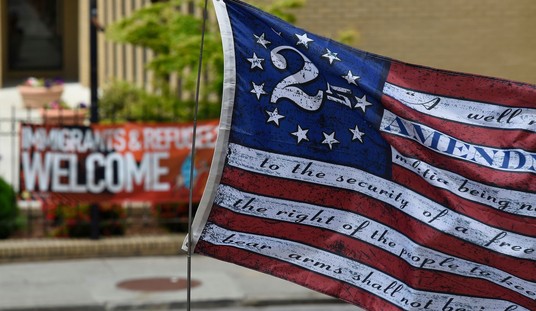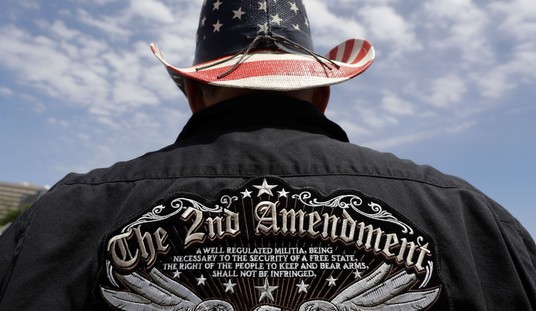Some hunters fantasize about getting to whisper on television as they pursue the game of their dreams. For me and my pal, Dianna, having a cameraman from the National Wild Turkey Federation sitting next to us in the rain in a fencerow in Missouri only heightened our tension and made the potential for a nightmare more real. After all, if we managed to get two toms or jakes to come within range of our shotguns – mine a 12 gauge Remington 870 SPS-T with an Indian Creek choke tube and hers a Mossberg 500 Bantam 20 gauge, the NWTF banquet special – our hits or misses would be recorded. We would go down in the annals of the Outdoor Channel as either two successful huntresses or shrugged off by some as two women who ought to be home baking cakes from mixes in their kitchens. I also knew I had a little more knockdown power and more distance on my shot than she had from hers. All factored into play.
Turkey hunting, a tradition practiced by (at least official count in a U.S. Fish & Wildlife survey, 2006) 2.6 million hunters for a total of 26 million days, is the second most popular type of big game hunting in this country. I call it a tradition instead of a sport. It’s time that we define hunting that way. Keep the target shooting as a sport, if you want.
Neither Dianna nor I had ever put a bead on a bird’s head before this hunt. As the temperature plummeted and the rain fell, the creek behind us rose rapidly – creating a bit of tension as to how much longer we could stay in this position under a huge cedar tree. Our guides sat about 100 feet down the row from us. Later, they said they asked each other, “Did you tell the girls how to double on a bird?” And neither one could recall telling us the game plan. The guides had to call hard and loud, as the rain and rushing creek water competed with their love songs.
After two hours, the shiver factor set in, increased by a bit of adrenalin from putting our guns up when three gobblers decided to come almost within range of our set-up before deciding they weren’t interested. During this spell, I coined a new term for hunting in the rain: the butt puddle. It happened to us as we sat in about two inches of rain that managed to find its way not only from the outsides of our jackets, but from rivulets that snuck inside our rainsuits, too.
The three toms came back. We soon learned why. It wasn’t so much that our decoys intrigued them or those lusty calls. It was the behemoth gobbler that streaked in from my right, 15 yards in front of us, at the last minute. They were coming down the field to kick his rear and take a number, because they had spotted him long before we did.
But, before they could whoop in on him, we worked as a team, shaking and sweating and whispering things like, “Look right!” “Are you ready?” and the ultimate, “Now!” from the cameraman, of course.
Bang, bang. Two dead gobblers lay in the field. Dianna’s tom weighed 23 pounds and my tom weighed a bruising 27 pounds.
Only after we got our birds did Mother Nature stop raining on our hunt.
And, now, after seeing the story on TV, I know why it’s a story. Two gals, two birds, two days to get the birds, too cold, too wet, too miserable. It all adds up to a show that smacks of real turkey hunting.
I talked to Dianna recently. She’s ready to do it again – same circumstances, maybe without the cameraman and the guides, though. No offense, buddies, but we’ll be on our own now.
Need more stories and news? Visit womensoutdoornews.com.







Join the conversation as a VIP Member